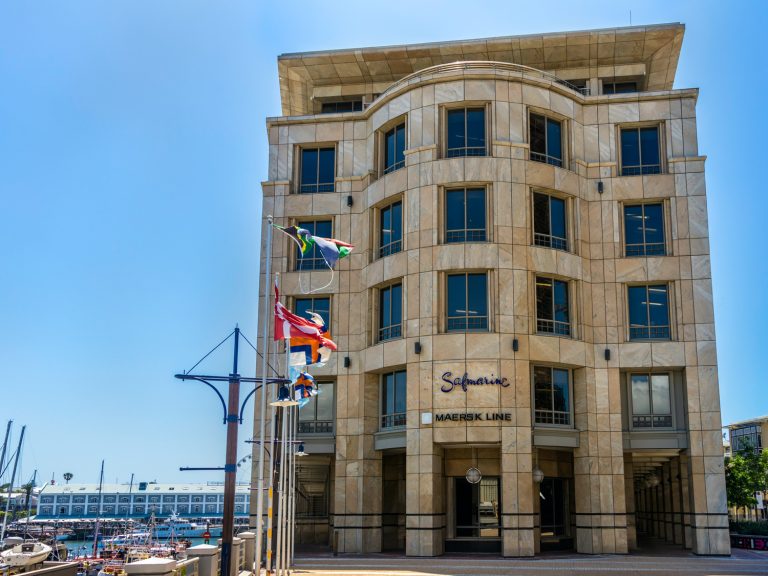
Date:
The axing of Safmarine is more significant than losing a brand
Formed in 1946, the African specialist shipping line Safmarine, which is represented in more than 130 countries, was acquired in 1999 by Maersk. Earlier this month Maersk announced that it was closing the Safmarine brand at the end of the year, integrating it into Maersk Line. What are the market implications?
Maersk’s decision to drop brands comes just months after CMA CGM simplified its global brand network. From a marketing perspective, the decision to have multiple brands or not boils down to weighing the benefits of one brand you can use to leverage your scale and advantage against the value of multi-brands providing different value propositions.
The advent of digital tools diminishes customer-service and proposition differentiation, which is behind many strategic decisions to scale back brand portfolios.
Hapag-Lloyd has always absorbed brands they have acquired such as CSAV and UASC and CMA CGM is removing the APL brand for the same reason.
Whatever ‘strategic’ reasons lie behind the removal of shipping brands (lines), the result is always a reduction in choice for shippers.
In 1980 the 20 largest lines controlled 40% of global capacity: In 2020 the 5 largest lines control 93%.
The emerging result of 40 years of consolidation is a de-facto container shipping oligopoly, evolving from a highly fragmented competitor landscape, in an increasingly commoditised market, with pricing power held by the buyers.
Not any more?
The mega-lines, dominant alliances and the emergence of ULCVs have created barriers of entry into the most important deep-sea trades that are now so high that it is next to impossible for new market entrants.
And market developments since the emergence of the pandemic crisis shows that the carriers are capable of flexing their new muscles.
Despite sharp drops in both cargo volumes and fuel prices, freight rates have essentially remained stable.
This is not a development we have seen before and may be a sign of the change in pricing power coming into the new decade.
While the ‘oligopoly’, if it exists, is in its infancy and may yet be threatened by regulators, it could be that we are at the beginning of a period characterised by a higher degree of stability, as the resultant oligopoly reduces the likelihood of price wars.
As the dynamics of the trade continue to evolve and change, Metro has established partnerships, relationships and agreements on imports and exports with all major carriers, and this allows us to still find flexibility and choice in the market. This has been a really important factor for us and our customers as capacity has been challenged in recent months. Along with our established market leading digital platforms, market knowledge, and customer service values, we at Metro know what it means to keep supply chains moving. As the industry evolves and changes, so do we.
